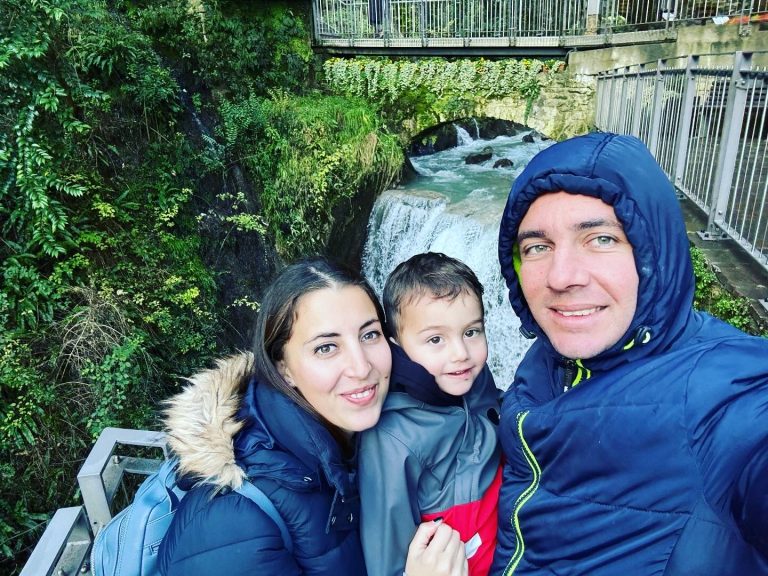The Importance of Breathing|Part 1
Breathing is the first thing we do when we are born into this world, but also, it is the last thing we do before we leave this earth. The human body is known to endure long periods without eating, drinking or sleeping, but only three minutes without air. Therefore, breathing is high up in the priority list for survival. However, breathing isn’t something we think about much as we can breathe without conscious effort. We do not worry or stress about whether there is enough air to breathe, or even on how to breathe, until either we have trouble breathing after strenuous activities, or a lung infection comes along and compromises our ability to breathe well. In such times, breathing is at the forefront of our minds.
Humans tend to breathe through two ways; through the chest and through the abdomen. What is the difference?
- Chest breathing is generally rapid and shallow, whereby our shoulders rise and only our chest expands. We usually take on this breathing pattern when we are stressed, anxious, scared or in pain. Many people habitually breathe through their chest. Poor posture, stress, and weak breathing muscles may contribute to this. The ultimate amount of blood flow occurs in the lower lobes of the lungs. With shallower breaths, air is unable to reach the lower lobes, therefore less oxygen is transferred to the blood (Rakal, 2018). As a result, there is poor transport of essential nutrients to the body tissues, it harms digestion, it increases our heart rate, it brings along a sensation of restlessness and it tenses our muscles (Kinsinger, 2017; Rakal, 2018). Through shallow breathing, stress is not only a response, however we keep on feeding our body with stress, making stress habitual for our bodies (Rifkin, n.d.).
- Abdominal breathing (or diaphragmatic breathing) is the breathing we experience as new-borns, or whilst sleeping. This type of breathing is relaxing and whilst inhaling, our stomach expands like a balloon as the diaphragm moves downwards to allow air to reach the lower lobes of our lungs (Kinsinger, 2017). As we exhale, our stomach deflates. Through abdominal breathing, we experience both mental and physical benefits which will be discussed in part 2 of this blog.
A Small Exercise:
Firstly, in whatever position you happen to be in at this moment, notice your breathing. Place one hand on your chest, and the other hand over your stomach area. Is it shallow or deep? Quick or slow? Is your body or are any parts of it moving, if at all? Can breathing flow naturally or does it feel restricted in some way?
After this, take a few deep breaths, inhale and exhale. Now repeat the above exercise and observe whether anything has changed. Has your breathing changed? Is your body or parts of it moving more or less? This time, notice how you feel too and observe any changes.
Such an exercise can help you identify your habitual style of breathing and it can inform you of how it affects your mental and physical performance (Hurst, n.d.).
In the next blog, we will be looking into further detail about the benefits of abdominal breathing and certain techniques which you can practice in order to improve your breathing.
Michela Aquilina is a trainee Gestalt Psychotherapist who is currently reading for a Masters in Gestalt Psychotherapy at the Gestalt Psychotherapy Training Institute Malta (GPTIM) and is working as a Trainee Gestalt Psychotherapist with Willingness Team. Michela offers therapy to young adults and adults who are experiencing various challenges and issues relating to mental health and psychosocial, emotional wellbeing.
References:
Hurst, R. (n.d.). The importance of breath and how to improve and control it for your best health and fitness. 24Life. Retrieved from: https://www.24life.com/the-importance-of-breath-and-how-to-improve-and-control-it-for-your-best-health-and-fitness/
Kinsinger, S. (2017). How breathing exercises relieve stress and improve digestive health. Loyola Medicine. Retrieved from: https://loyolamedicine.org/blog/breathing-stress-improve-digestive
Rakal, D. (2018). Learning deep breathing. PsychCentral. Retrieved from: https://psychcentral.com/lib/learning-deep-breathing/
Rifkin, R. (n.d.). How shallow breathing affects your whole body. Headspace. Retrieved from: https://www.headspace.com/blog/2017/08/15/shallow-breathing-whole-body/#




